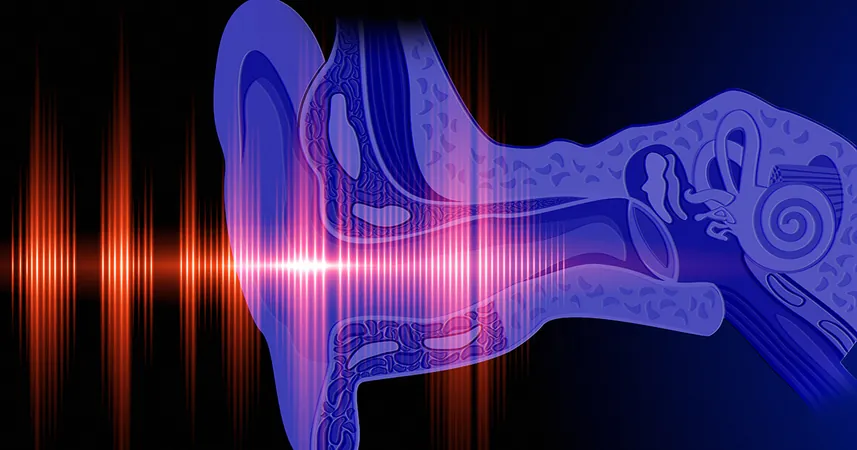
Breakthrough Study Reveals How Our Brains Decode Sound, Paving the Way for New Treatments for Hearing Loss!
2025-01-10
Author: Wei
Groundbreaking Findings in Auditory Processing
In an exciting new study conducted by researchers at Oregon Health & Science University (OHSU), alongside Baylor College of Medicine and Texas Children’s Hospital, scientists have unveiled the intricate network of neurons that allows our brains to interpret sound — from the joys of music to understanding speech and distinguishing between different noises like train whistles and car horns.
This groundbreaking research, published in the esteemed journal *Nature Communications*, sheds light on the complexities of how we perceive sound and opens doors to innovative therapies for hearing loss.
The Complexity of Auditory Processing
Dr. Laurence Trussell, a prominent figure in otolaryngology and head and neck surgery at OHSU, emphasized the complexity of auditory processing, stating, 'Our ability to understand the meaning of sounds depends on the brain's capacity to identify traits such as pitch, volume, and distance.' The study dives deep into the specialized neurocircuitry and unique neuronal types responsible for processing these auditory signals.
Research Method and Findings
Using a mouse model, lead author Dr. Xiaolong Jiang and his team have identified distinct patterns of gene expression in neurons that play a crucial role in sound perception. This discovery is a continuation of previous research that explored the inner ear's architecture, revealing how it translates vibrations into electrical signals that the brain interprets as sound.
A significant finding highlighted in this study is the intricate workings of the brain's cochlear nuclear complex, which is responsible for processing the electrical signals from the inner ear and converting them into meaningful sound experiences.
Implications for Hearing Loss Treatments
Researchers have categorized various cell types in the auditory system based on their responses to sounds. Some neurons respond to sudden noises, while others are tuned to detect pitch variations, essential for interpreting speech and music. This knowledge empowers scientists to develop more targeted and effective therapies for hearing impairments, moving beyond treatments that solely focus on the inner ear.
Dr. Trussell noted the promising future of treating genetic forms of deafness, suggesting that understanding these cellular dynamics could lead to more comprehensive approaches beyond just the inner ear. 'By examining how these properties change during hearing loss, we can optimize our therapeutic strategies,' he stated.
Support and Future Directions
This innovative research was generously supported by numerous institutes under the National Institutes of Health (NIH). As the field of auditory science advances, the implications of these findings could revolutionize how we approach hearing loss therapies, offering hope to millions affected by auditory disorders.
Stay tuned as we uncover more findings from this fascinating realm of neuroscience and what it means for the future of hearing health!

 Brasil (PT)
Brasil (PT)
 Canada (EN)
Canada (EN)
 Chile (ES)
Chile (ES)
 Česko (CS)
Česko (CS)
 대한민국 (KO)
대한민국 (KO)
 España (ES)
España (ES)
 France (FR)
France (FR)
 Hong Kong (EN)
Hong Kong (EN)
 Italia (IT)
Italia (IT)
 日本 (JA)
日本 (JA)
 Magyarország (HU)
Magyarország (HU)
 Norge (NO)
Norge (NO)
 Polska (PL)
Polska (PL)
 Schweiz (DE)
Schweiz (DE)
 Singapore (EN)
Singapore (EN)
 Sverige (SV)
Sverige (SV)
 Suomi (FI)
Suomi (FI)
 Türkiye (TR)
Türkiye (TR)
 الإمارات العربية المتحدة (AR)
الإمارات العربية المتحدة (AR)